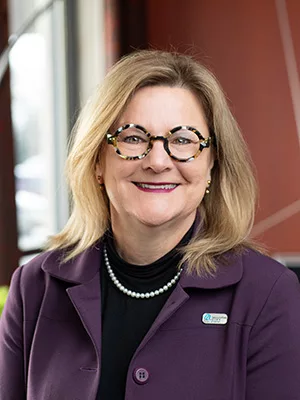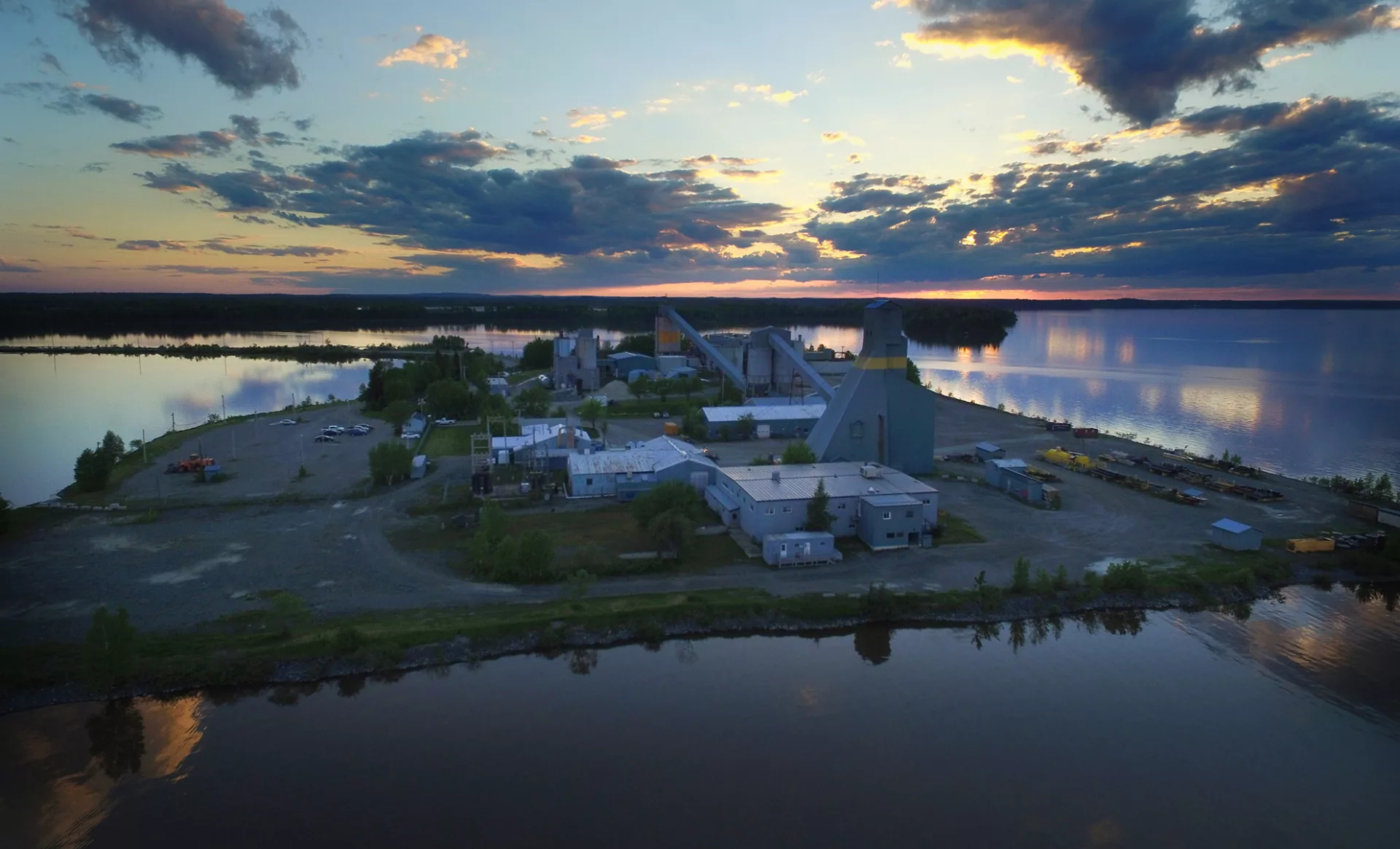- INTRODUCTION
- Q&A: QUEBEC MINING ASSOCIATION
- Can you talk us through the origins of the QMA, how it came about, and its initial vision?
- How has the QMA developed since its inception?
- Québec’s jurisdiction scored highest in Canada in terms of investment attractiveness on the Fraser Institute. What is it that makes Québec so attractive to investors?
- How much of a significant contribution does the mining industry make to Québec’s socio-economic development and growth?
- What do you find most exciting, and challenging, about the mining sector in Québec?
- Finally, are you optimistic about the future of the mining sector? How do you see it developing?
INTRODUCTION
With the government actively advancing a responsible mining agenda through the implementation of a battery strategy designed to boost both demand and investment, Québec’s mining sector is poised to energise Canada’s future.

Q&A: QUEBEC MINING ASSOCIATION
Can you talk us through the origins of the QMA, how it came about, and its initial vision?
How has the QMA developed since its inception?

Québec’s jurisdiction scored highest in Canada in terms of investment attractiveness on the Fraser Institute. What is it that makes Québec so attractive to investors?
JM: Québec has a great variety of minerals. With our use of clean energy (hydropower) and strong regulations regarding environmental protection and our social practices in relation to local communities, in conjunction with the industry’s social and environmental practices, Québec may take its place as a responsible source of minerals.
Québec’s public policies also distinguish us from other mining jurisdictions even within Canada, as the Québec government is eager to position its mining industry on the map as a responsible source of critical minerals. For this, they have adopted a plan for the development of critical and strategic minerals and a battery strategy.
Québec has political stability, and the new mining and tax acts have been implemented for close to 10 years now, so it is widely understood by the industry.
In addition, Québec offers several tax incentive measures to support exploration activities which include deduction of exploration and development expenses, Québec’s flow-through share regime and the tax credit for resources.

“Our mission now is to promote, support and proactively develop a responsible, committed and innovative mining industry in Québec”
Josée Méthot, President and CEO, QMA
The mining expertise and tradition in Québec is also first-class, with well trained workers and good working conditions. Québec has an excellent workplace health and safety record; doing business in Québec means working with people for whom health and safety are a constant concern.
Québec’s other advantages include its highly qualified workforce, which is one of the best in the world. There are Quebecers working in mines all over the world. In addition to the expertise of its workforce, Québec also has excellent training institutions for employees, many research consortia and more than 20 research chairs that help the mining industry to remain innovative. The mining sector can also count on a first-class, province-wide network of more than 4,850 suppliers.

How much of a significant contribution does the mining industry make to Québec’s socio-economic development and growth?
JM: The latest study on the economic benefits generated by the mining industry in Québec, covering the year 2020, confirms the extent of its contribution to Québec’s economy and quantifies the benefits generated in terms of the jobs maintained and created, gross domestic product (GDP), state finances, and the distribution of the benefits in various regions of Québec.
The study provides concrete evidence of the role played by the mining industry in the Québec economy. In 2020, mining industry activities in Québec amounted to CAD$12.5 billion, including CAD$11.7 billion for extraction and exploration. The contribution to Québec’s GDP has increased steadily over the period covered by the QMA’s studies on economic benefits from 2014 to 2020, and has now reached CAD$10.5 billion, an increase of 36.4 percent.
In terms of jobs, the study shows that mining in Québec supported 48,187 person-years of employment in the form of direct, indirect and induced jobs, including 15,589 person-years for residents of the Abitibi-Témiscamingue region, 7,585 for residents of the Côte-Nord region and 10,618 for residents of the Montréal and Montérégie regions. Women are increasingly present in the workforce, and the number of direct jobs held by women increased by 42 percent from 2014 to 2020. The situation is similar for workers from Indigenous communities, whose numbers increased by 69 percent over six years.
By updating the study every two years, the QMA can answer some frequently asked questions, such as: how much do governments collect from mining in Québec? The answer for 2020 is CAD$2.4 billion. In other words, mining industry activities generated important fiscal and parafiscal revenues for the two main levels of government in 2020, with a total of CAD$2.4 billion, including almost CAD$1.8 billion for the Québec government and CAD$620 million for the Canadian government, excluding corporate income tax.
Since our first study in 2014, fiscal and parafiscal revenue for the Québec government jumped by 77.3 percent, from CAD$1.0 billion to CAD$1.8 billion. The most significant factor in this increase was mining taxes, which grew fivefold from CAD$121.1 million to CAD$631.7 million. Mining taxes now represent over 35 percent of the contribution of the mining industry to the Québec government coffers. It is important to note that our gold and iron ore mines made the most substantial contribution, accounting for almost 90 percent of total mining taxes.

What do you find most exciting, and challenging, about the mining sector in Québec?
JM: What is most exciting is the great variety of minerals found in Québec and the sector’s will to put in place best practices. The people of the industry are serious about what they do and how they do it. However, this variety is also the greatest challenge, since it is not simply one size fits all – every mineral has its own requirements and difficulties.
NA: Has the association got any projects in the pipeline that you wish to highlight?
JM: The QMA has recently changed its requirements for TSM implementation by its members. Since the QMA always strives for the highest standards in ESG, it has raised the bar for its members. I am proud of the QMA’s Board of Directors for taking this decision. Since June, our members must obtain level A for 50 percent of the TSM indicators, and if they don’t, they must produce an action plan to show what they will put in place to remedy the situation.


































